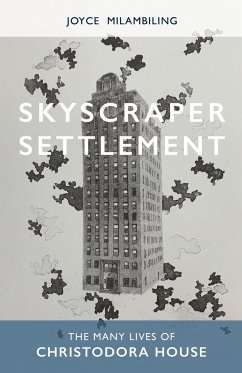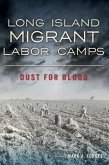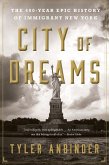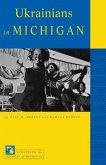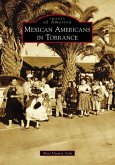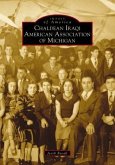The roles that Christodora House has played from 19th-century settlement house to its newest forms Settlement house workers helped transform the lives of thousands of people despite lack of funding, the influenza epidemic of 1918, economic depressions, and two World Wars. Many of these houses still exist in the original neighborhoods where they confront the problems of today and advocate for their communities. Christodora House, founded in 1897 as "The Young Women's Settlement," played an important role in the life of immigrants and other residents on the Lower East Side of Manhattan. For over 50 years, residents and volunteers at Christodora House provided classes, clubs, recreational activities, and medical and dental clinics for thousands of New Yorkers, and then continued to operate programs out of public housing and other locations for more than two decades. The building at 143 Avenue B, now housing condominiums, has had a tumultuous history since 1948 but still stands, towering over its tenement neighborhood in the East Village. Christodora Inc. is now a nonprofit foundation with offices in Midtown Manhattan, whose staff works with underserved New Yorkers, including youth in the public school system, carrying on a long, distinguished history of service to the city and country.
Hinweis: Dieser Artikel kann nur an eine deutsche Lieferadresse ausgeliefert werden.
Hinweis: Dieser Artikel kann nur an eine deutsche Lieferadresse ausgeliefert werden.

